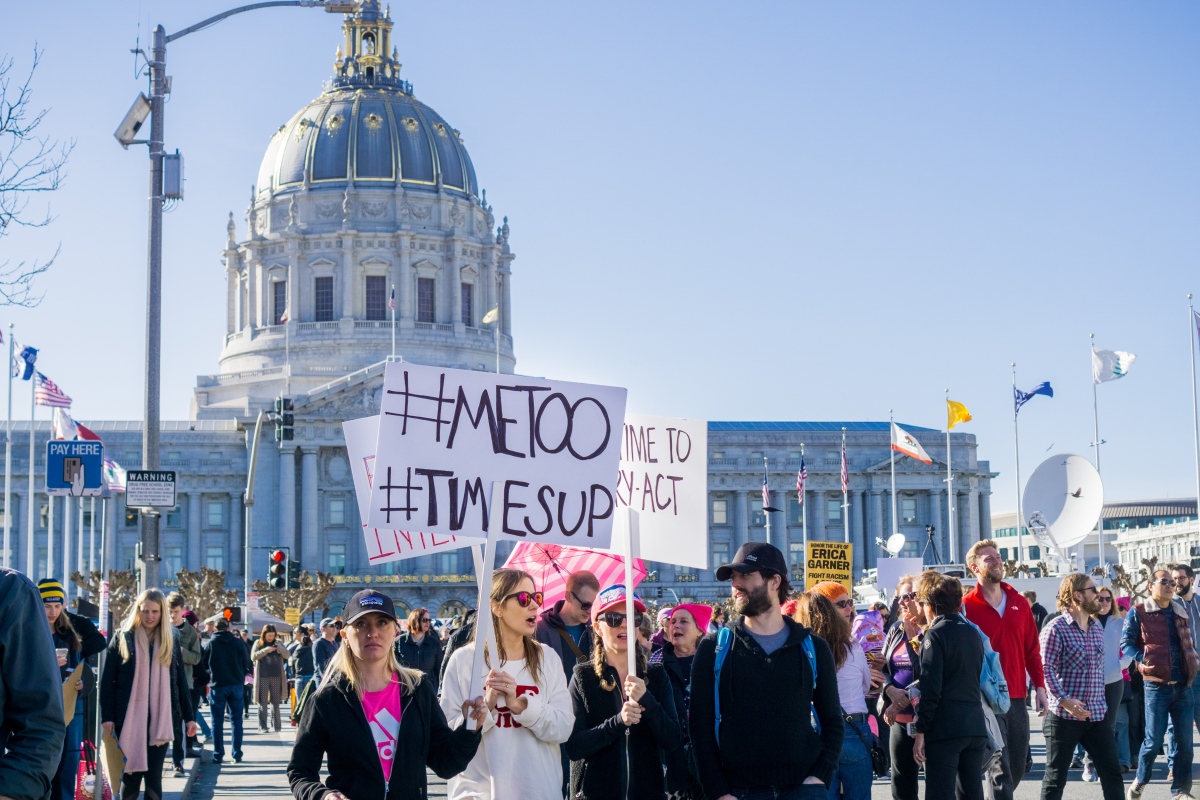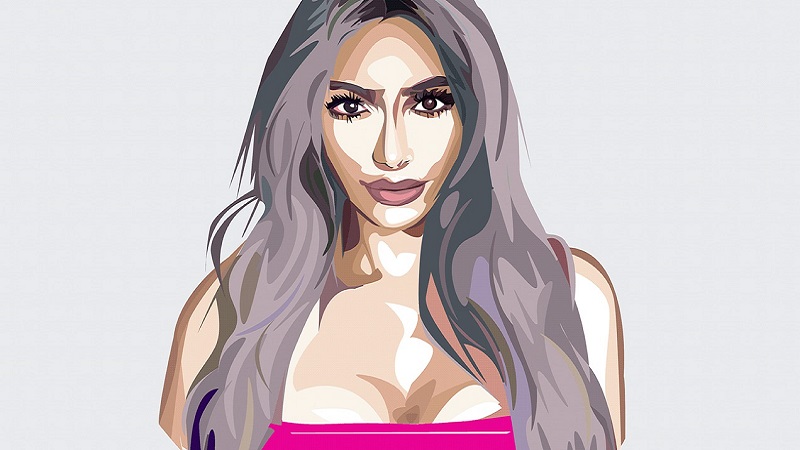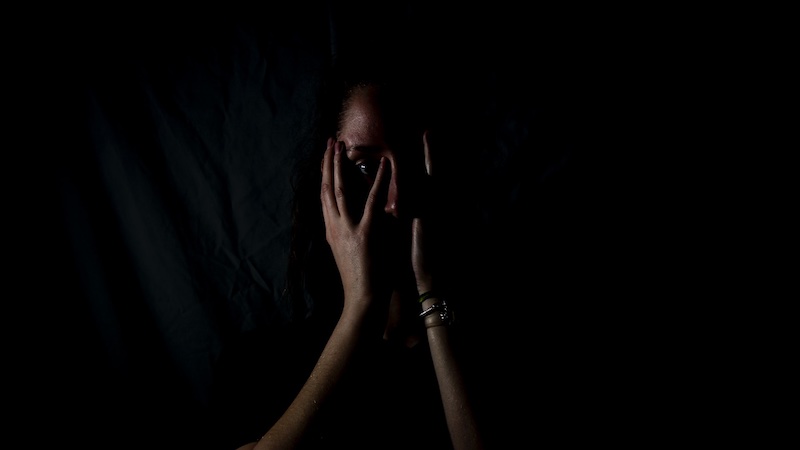What happened to these hashtags?
#metoo, #aufschrei and #niunamenos: hashtags are part of everyday life and are a way of collecting content about protests online under one term. The above are just three examples of hashtags that have been used by many on the web. They all stand for women’s rights and want to take a stand against sexual violence. Some have triggered worldwide discussions, others are particularly well known in individual countries or regions.
t3n has collected ten hashtags used in relation to women’s rights and sexual assault and gives you an update on what has become of the movements.
Here it comes from: The hashtag started on Twitter – back in 2013. Those affected by sexist experiences gathered under the term. nudged The topic was then discussed by the journalist Laura Himmelreich: The FDP politician Rainer Brüderle is said to have sexually assaulted her.
This is what became of it: The term can still be found today in connection with #metoo. At that time he started a debate about sexism in Germany, but he did not have any direct actions on the part of politicians guided.
Editor’s Recommendations
Here it comes from: This hashtag got reach not via Twitter, but via Facebook. In 2014, the Iranian Masih Alinejad posted a picture of herself driving in Iran without a headscarf – she was already living in exile at the time. Since then, pictures of women who do not adhere to the dress code in the Islamic Republic have been collected under the hashtag.
This is what became of it: On Facebook is the Page still active. However, not only the pictures described can be found there, but also videos and other content on the situation in Iran. For example, videos related to the poison gas attacks in late February 2023 were recently shared in schools in Iran. There is one for that active campaignwhich campaigns against compulsory headscarves in Iran.
Here it comes from: #niunamenos refers to a feminist women’s movement in Latin America – it is considered the largest in the region. In 2015 she is said to have come from Argentina. “Ni una menos” means “Not one less”: This is intended to refer to the murder of women. Under the hashtag demonstrated 2016 Thousands of participants in Latin America for women’s rights.
This is what he became: The movement continues to campaign for women’s rights and against patriarchal power structures. Information is available on the website of the same name site. This also applies to abortions. Protests are still taking place in Argentina, Chile and other Latin American countries in their name.
Here it comes from: Blogger Kelly Oxford wrote down Twitter 2016 about a sexual assault and urged women to report sexual harassment and rape experiences split. Triggers were back then misogynist statements by then-Republican presidential candidate Donald Trump.
This is what became of it: Today there are other topics on Twitter for the hashtag, #notokay has faded into the background compared to the #metoo movement. Trump was elected president that year, and in 2021 he had to hand over the office to Democrat Joe Biden.
Here it comes from: The hashtag made history in Hollywood – but not as an award-winning film. “Me Too” was apparently made by an actress Alyssa Milano via Twitter into life called. In a tweet, she called on women to share their experiences of sexual harassment. She herself commented with “#metoo”. The issue was fueled by allegations of sexual harassment against film producer Harvey Weinstein in October 2017. Shortly after the tweet was published, Twitter users wrote that “Me too” actually goes back to activist Tarana Burke. In China, the debate was also tagged #RiceBunny to avoid censorship.
This is what became of it: “Me too” stuck in people’s minds and is inextricably linked to the film industry. Weinstein was found guilty of multiple counts of sexual abuse. The verdict: a total of 39 years detention. In addition, several actors were accused of sexual harassment and in some cases convicted. The hashtag is still used today, but what started out as a global debate has become a murmur of everyday life.
Here it comes from: #Metoo was the inspiration for #timesup. The hashtag emerged in 2018 with the aim of both raising awareness of sexual harassment across the workplace and ensuring that #metoo is passed on. The campaign was supported by stars like Eva Longoria.
This is what became of it: The hashtag might not have matched its inspiration in reach, but the Time Up Foundation persists. Among other things, she has the “Times Up Legal Defense Fund“. The money collected is intended to support women who work in precarious jobs and are victims of sexual harassment.
18 viral internet moments to remember
Here it comes from: The hashtag goes back to the Indian Varnika Kundu. In 2017, she was being followed by another car on the way home, and the car wanted her to stop force. After the suspect was released after a few hours in detention and she made the incident public via Facebook, Indian politicians also commented: Why is a woman still outside at this time? In response, women posted pictures of spending their free time outside after midnight under #aintnocinderella, a nod to the fairy tale of Cinderella.
This is what became of it: Varnika’s pursuer is said to have been the son of the then leader of the right-wing conservative BJP party in India and one of her friends. What became of the process is unclear.
Here it comes from: In January 2018, the Russian Tatyana Strakhova became from her ex-boyfriend killed. When it became known that there were pictures of her in her underwear, she was accused of complicity – her ex-boyfriend, whose motive is said to have been jealousy, was sometimes even seen as a victim. As reaction the hashtag #NoReasonToKill came up. Among them, Russian women in particular shared pictures of themselves, some in revealing clothing.
This is what became of it: The hashtag appeared in Cyrillic script (#ЭтоНеПоводУбить) in Russia, while Twitter is now blocked in Russia. The same applies to other platforms. No hits are found when entering the search in the network.
Here it comes from: On September 13, 2022, Jina Mahsa Amini was arrested by the morality police in the Iranian capital of Tehran – the accusation: she is said to have worn her headscarf incorrectly. She died in a clinic on September 16, having fallen into a coma during her detention as a result of violence. Her parents publish pictures of her in her hospital bed, and her death triggers nationwide protests against the Iranian regime. #mashaamini was posted on social media in support of the protests called.
This is what became of it: The regime reacted to the demonstrations with absolute severity, death penalties were imposed and carried out. Things calmed down around the protest in spring 2023.
Here it comes from: In December 2022, the Taliban banned women in Afghanistan from attending colleges and universities. In response, online crowds gathered under the hashtag #letherlearn Resistance. Female students in particular show their protest against the ban on education.
This is what became of it: The big debate didn’t happen. The hashtag received significantly less attention in the media compared to #metoo. This did not bring about a change either: the university ban for women in Afghanistan will continue to apply in spring 2023.



